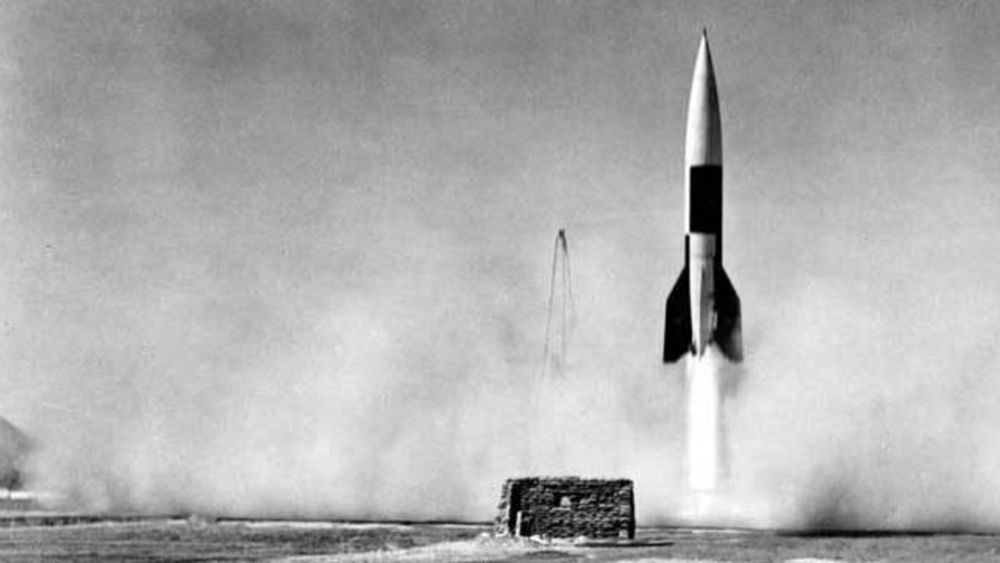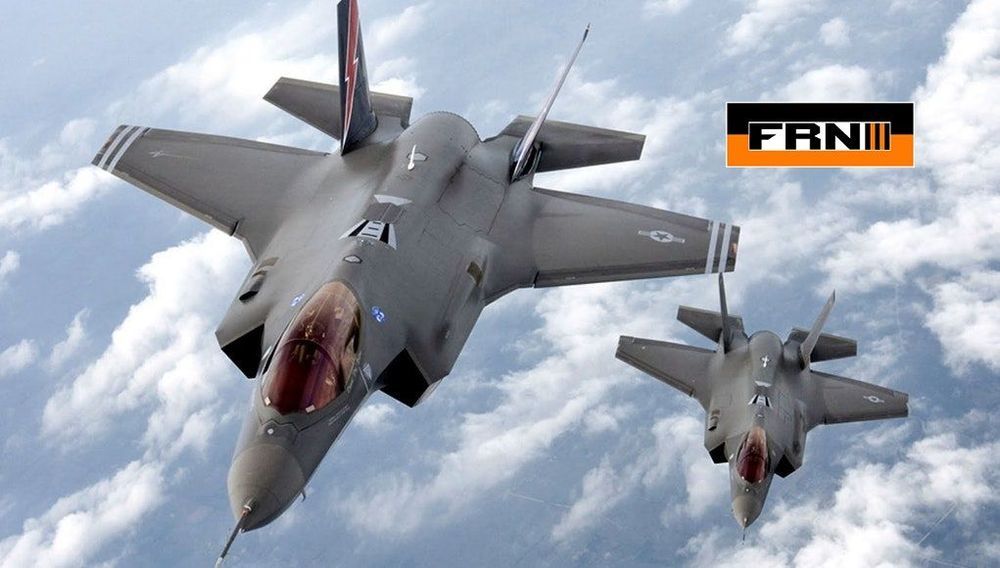DETROIT – General Motors is resurrecting the Hummer, best known as a gas-guzzling, military-style SUV, as an all-electric “super truck” with massive horsepower, acceleration and torque.
The Detroit automaker confirmed the plans Thursday and released three online teaser videos for the “GMC Hummer EV” pickup ahead of a 30-second Super Bowl ad for the vehicle featuring NBA star LeBron James. The spot is scheduled to air during the second quarter of Sunday’s game.
The Hummer EV pickup, according to GM, will feature 1,000 horsepower; 0 to 60 mph acceleration of three seconds; and 11,500 pound feet of torque. It didn’t announce a price.







